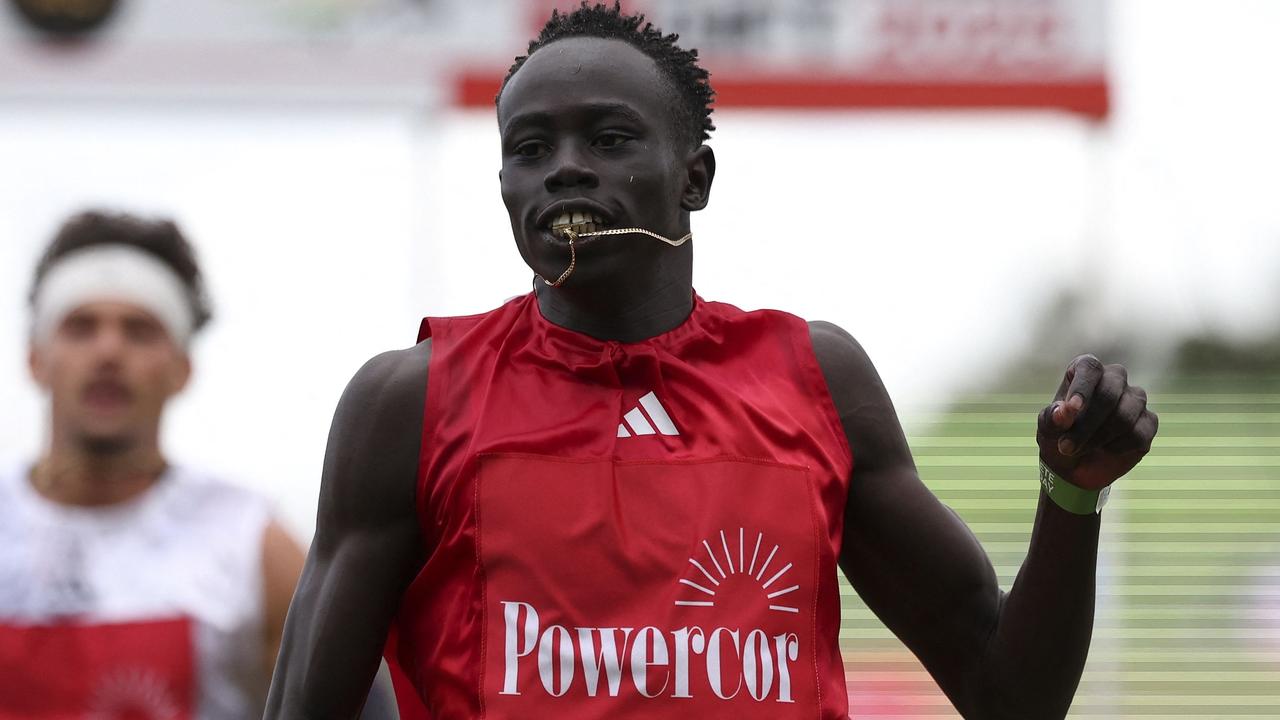Olympic athletes finding lucrative sponsorship deals harder to come by
AUSTRALIA’s Olympic athletes are facing the sobering reality that the huge sponsorship dollars that filled their predecessors’ pockets are vanishing.

AUSTRALIA’s Olympic athletes are facing the sobering reality that the huge sponsorship dollars that filled their predecessors’ pockets are vanishing.
Glamour swimmers such as Grant Hackett and Ian Thorpe comfortably earnt four or five times a year what many of the current swim stars make.
The gap is not just down to the fact that they were proven Olympic standouts, while today’s crop will be very much on trial at the Rio Olympics.
While Thorpe and Hackett earnt more than $2 million a year from sponsorships, life for the current generation is much more challenging in a tougher financial climate.
The Stilnox scandal that engulfed the Australian swimming team soon after London and non-stop stories about drug cheating in general have tarnished the Olympic brand.
An example of the sort of mega-deal once available to a swimmer but now hard to find was the $800,000 deal Stephanie Rice signed with Channel 7 in the days after winning three gold medals at the 2008 Beijing Olympic Games.
The man who brokered that deal, Chris White from International Quarterback, conceded the landscape has changed.
“There is no doubt corporate investment across the board for Olympic athletes has dropped,’’ White said.

“It has nothing to do with the calibre of performances or the blend of personalities.
‘‘More so, in my opinion, the visibility of the athletes outside competition.
“Those who stay relevant and more consistently in the public eye through performances and general media have a better chance to pursue and accept opportunities.
“Times are tougher and brands more discerning.’’
Mitch Larkin, world swimmer of the year after winning gold in the 100m and 200m backstroke at the 16th FINA World Championships in Kazan, Russia last year, could become an Olympic star and recently expanded his sponsorship portfolio with a deal with a retail firm.
Larkin’s manager Phil Stoneman said he was building Larkin’s profile and he has plenty to work with given any sponsor would relish the youngster’s amiable nature.
The team for Rio will not be chosen until the national championships and, much as Larkin’s efforts in Russia were outstanding, the Olympics will eventually define his profile.
Stoneman is hoping to land multi-year deals for Larkin, the sort of which were obtained by the likes of Hackett and Thorpe because their appeal stretched beyond Olympic years.
Many major firms find Olympic sponsorships awkward.

Athletes are only in focus for a couple of weeks and their moment of glory in Rio de Janeiro may arrive in the middle of the night Australian time and because the Olympics and the Australian team have their own sponsors there is no on-site branding.
Sally Pearson, whose hurdles gold at the 1012 London Olympics developed a lustre of its own against the backdrop of a modest team performance, felt the pinch of corporate belt-tightening the year after the Games when she tweeted her surprise at the fact she could actually lose sponsors despite winning Olympic gold.
It is not just the Olympics.
All sports have felt the pinch. In cricket, some bat contracts have dropped 50 per cent in the past decade.
Steve Atkinson, whose clients include Test great Adam Gilchrist, said companies wanted more bang for their buck and were very discerning about who they spent it on.
“There will always be big deals there for the really top athletes but it is much tougher for the next level down,’’ Atkinson said.
“A lot of the contracts are now much more performance- based.’’
Originally published as Olympic athletes finding lucrative sponsorship deals harder to come by



